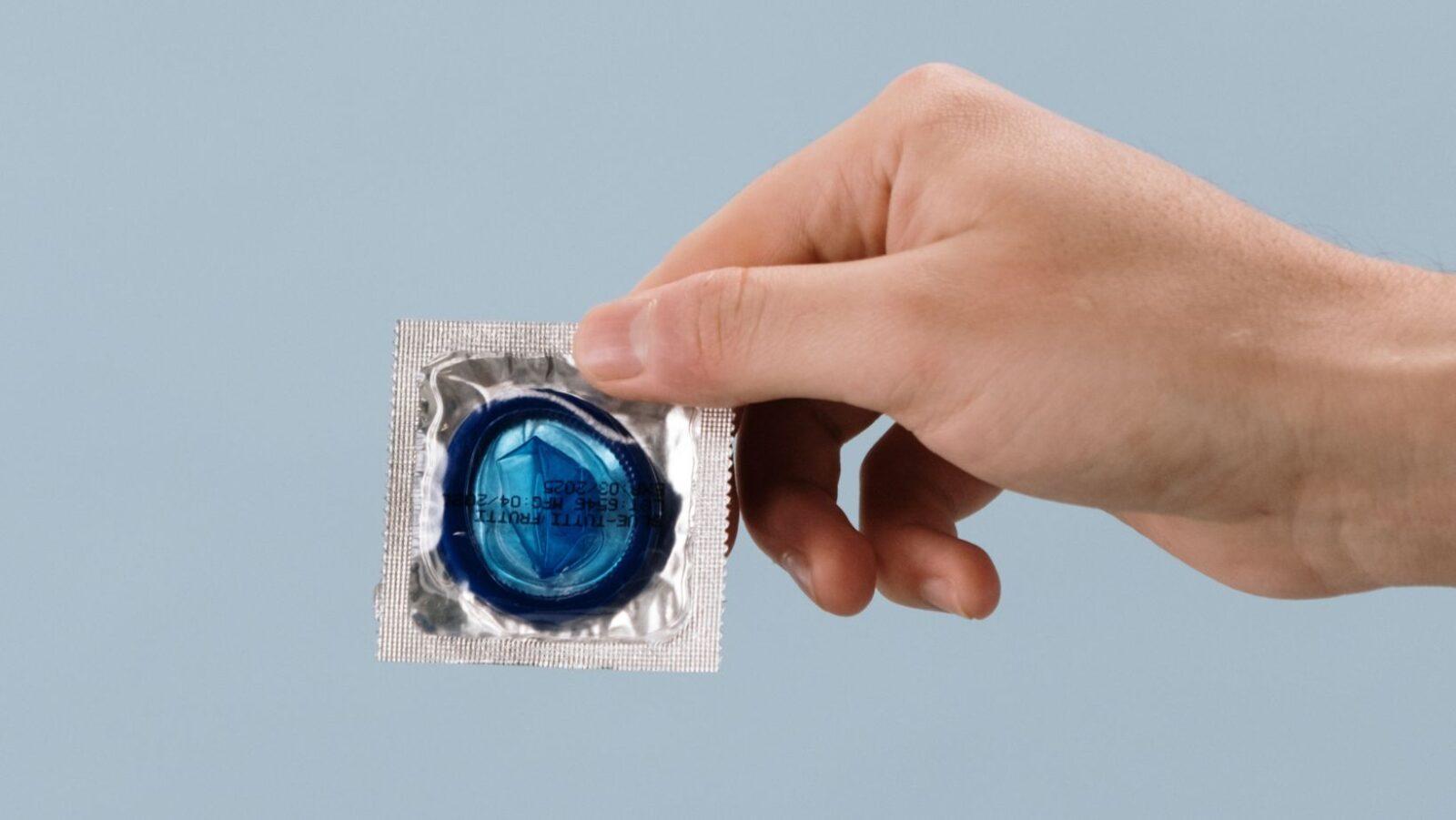
•Activated charcoal results from heating carbon-rich materials at very high temperatures, typically with an additional “activation” process.
•Medical professionals use activated charcoal in treating certain types of poisoning cases and drug overdoses.
•However, many of the supposed benefits of commercially available activated charcoal products are either exaggerated or simply not supported by science.
Among the many trends that have emerged over the years, activated charcoal has profoundly affected how health-conscious consumers spend money. Be it in the form of toothpaste, soap, facial washes, and even food items, mainstream marketing has turned activated charcoal into a “healthy” ingredient that you can find in practically any store with a hygiene or self-care section.
While the hype for it has somewhat diminished in recent times, we still find activated charcoal as an ingredient in many health and beauty products. Before you buy any of those products, though, here’s a few things you should know about it.
Activated charcoal: poison and drug overdose treatment
Activated charcoal (or activated carbon) results from heating carbon-rich materials like wood, coal, and coconut shells under very high temperatures. This essentially turns them into powdered charcoal.
The powder typically undergoes further processing via the application of more heat, sometimes with other compounds. This additional process changes its internal structure, removing other molecules it may have previously absorbed. It also makes the charcoal more porous, increasing its surface area. In fact, 1 gram of activated charcoal has roughly 1,000 square meters of surface area! This ‘activation’ process further sets it apart from the regular black chunks of charcoal that we use for barbecues (and that contain substances which are toxic to us).
Medical professionals use activated charcoal in certain emergencies. Specifically, they use it to treat patients who have been poisoned or overdosed on prescription or over-the-counter drugs. Oftentimes, it’s mixed with liquids and ingested by the patient to cleanse the gastrointestinal tract of harmful substances, with the charcoal acting like a toxin sponge of sorts.
(Be warned, though: Do NOT use activated charcoal for treating poisoning emergencies at home, as it doesn’t work on ALL poisons. In case of such emergencies, get to a hospital as quickly as possible, and let a qualified medical professional decide on the proper treatment.)
The dark effects of activated charcoal
Despite its usefulness, activated charcoal can also have negative side effects on the body. These include diarrhea, vomiting, darkened or black stools, and constipation. A patient with an unsettled stomach may also suffer from gastrointestinal blockage after consuming activated charcoal, especially after frequent use.
Many brands and sellers market activated charcoal-infused consumable products such as ice cream, bread, and food pills as “healthier” or “detoxifying.” This is misleading, though: Its “detoxifying” properties only work within 1 to 4 hours of the toxin entering the body. Basically, if the toxin’s no longer in your stomach, activated charcoal won’t work.
More so, activated charcoal doesn’t seem to discriminate, and can actually eliminate valuable nutrients from our digestive system. In fact, a 2007 study showed that activated charcoal removed some of the nutrients in apple juice.
As for charcoal toothpaste, its only known benefits are for removing surface stains on the teeth and dealing with bad breath. The cons appear to outweigh it: It may wear down tooth enamel and cause yellowing due to its abrasive quality, and could cause tooth sensitivity with everyday use. Moreover, toothpaste with activated charcoal usually doesn’t contain flouride, a vital component for preventing cavities and tooth decay. Lastly, it does not remove stains below the tooth enamel, and may even stain older teeth and dental restorations. More research is necessary for us to get a better picture of activated charcoal toothpaste’s long-term effects and level of safety.
Science doesn’t support the marketing hype
Basically, the benefits of activated charcoal products on health tend to be overly marketed and exaggerated.
Many brands market their products are antibacterial, antifungal, or antiviral, capable of removing various impurities from the body. Sadly, science has not conclusively proven any of these claims; few studies have actually delved into how effective activated charcoal is at doing those things. Furthermore, the ones that actually have examined this have yielded largely inconsistent or even contradictory results.
However, activated charcoal products aren’t completely a sham. For instance, as mentioned earlier, activated charcoal toothpaste can get rid of surface stains on the teeth. There is also (very weak) evidence that this ingredient may lower cholesterol, improve kidney function, and reduce intestinal gas.
Ultimately, activated charcoal doesn’t seem to pose too much of a health risk. Still, consumers should still be careful not to blindly buy into the hype. The trend of putting activated charcoal into basically anything “healthy” or “cleansing” has definitely left a mark on consumer spending behavior. It helps to keep all of these in mind the next time you’re tempted to buy that charcoal-infused face wash or toothpaste your friends keep raving about.—MF
References
- https://www.medicalnewstoday.com/articles/322609
- https://www.webmd.com/vitamins-and-supplements/activated-charcoal-uses-risks#1
- https://healthybutsmart.com/activated-charcoal/
- https://www.livescience.com/activated-charcoal.html
- https://www.sciencedirect.com/topics/pharmacology-toxicology-and-pharmaceutical-science/activated-carbon
- https://www.healthline.com/health/dental-and-oral-health/charcoal-toothpaste#does-it-work
Author: Mark Jefferson Plata
Jefferson is a college freshman, and a neophyte in the professional writing scene who is looking to further improve himself in the field. Besides the standard adolescent habit of wasting away in front of a computer or phone screen, he enjoys reading, watching, and learning about pop culture, science, gaming, as well as a wide range of other interests.









